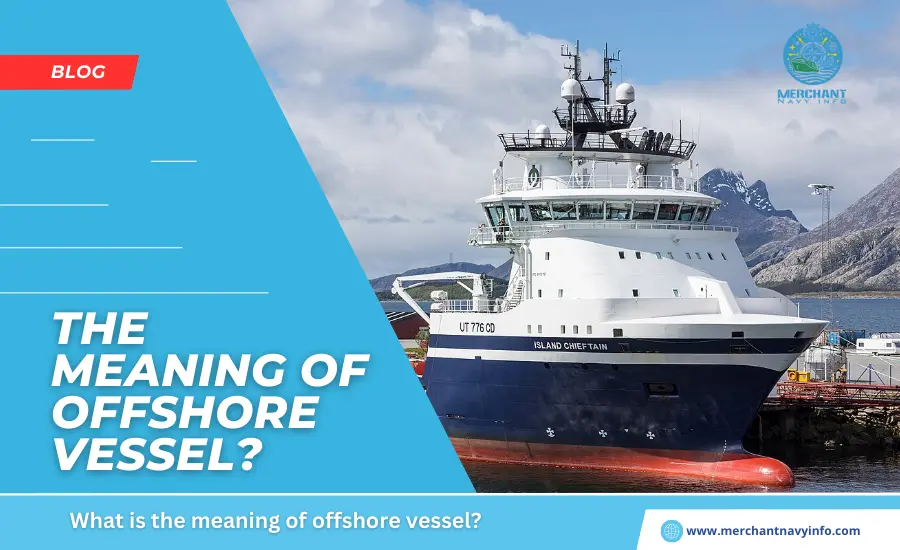
Offshore vessels serve operational purposes, such as oil exploration and construction activities on the high seas.
There are different types of offshore vessels which not only help in the exploration and drilling of oil but also provide necessary supplies to the excavation and construction units located on the high seas.
Offshore ships also deliver transit and relieve crew personnel. When needed, they move to and from the high seas’ operational arenas.
As mentioned already, the denotation of offshore vessels is a collective reference. It includes a wide array of vessels employed in the high-seas sector. They can be classified into the following primary groups:
- Oil Exploration and Drilling Vessels
- Offshore Support Vessels
- Offshore Production Vessels
- Construction/Special Purpose Vessels
Each of these categories comprises a variety of vessels.
Oil Exploration and Drilling Vessels
Oil exploration vessels, as the name suggests, help in the exploration and drilling of oil on high seas. The main types of exploration vessels are:
- Drillship
- Jack Up Vessels
- Semi-submersible Vessels
- Offshore barge
- Floating Platforms
- Tenders
Offshore Support Vessels
Certain offshore vessels provide the workforce and technical reinforcement required so that the operational processes on the high seas continue smoothly and without any undesired interruptions. Such vessels are called as ‘offshore support vessels.’
Offshore supply vessels transport the needed structural components to the designated high seas sector and assist in supplying freight. The constructional element of these vessels can be purpose-built to suit the operational demands.
Some of the main kinds of offshore support vessels are:
- Anchor Handling Tug Vessel (AHTV)
- Seismic Vessel
- Platform Supply Vessels (PSVs)
- Well Intervention Vessel
- Accommodation Ships
Offshore Vessel For Production
Offshore production vessels are those vessels that help in the production processes of drilling units on the high seas. FPSOs (Floating, Production, Storage and Offloading) can be enumerated as an example of these offshore ships. The main types of these vessels are:
- Floating Production Storage and Offloading (FPSO)
- Single Point Anchor Reservoir (SPAR) platform
- Shuttle Tankers
- Tension Leg Platform (TLP)
Offshore Construction Vessel
Ships that primarily aid in constructing various high-seas structures are offshore construction vessels.
Other offshore vessels of this type also include ships that provide anchorage and tugging assistance and help position deep sub-water cables and piping lines.
The main types are:
- Diving Support Vessel
- Crane Vessel
- Pipe Laying Vessel
In addition, the variances of ships that provide aid in emergencies on the high seas and those types of vessels that undertake research and analysis activities on the high seas are also included under the offshore vessels’ classification.
The ever-growing need to explore and suitably harness the potential of the high seas has led to a massive growth in the need and demand for offshore ships.
Coupled with the advantages of technological research and suitably resulting developments, the present-day fleet of offshore vessels worldwide portrays the huge strides taken in the maritime sector.
Some famous offshore vessels are:
- North Sea Giant – World’s Tallest Offshore Vessel
- Neptune – Powerful Jack-up Vessel
- Type o – Semi-submersible heavy transport vessel (SSHTV)
- Bourbon Front Platform supply vessel
- Solitaire – The Largest Pipe Laying Vessel in the World










